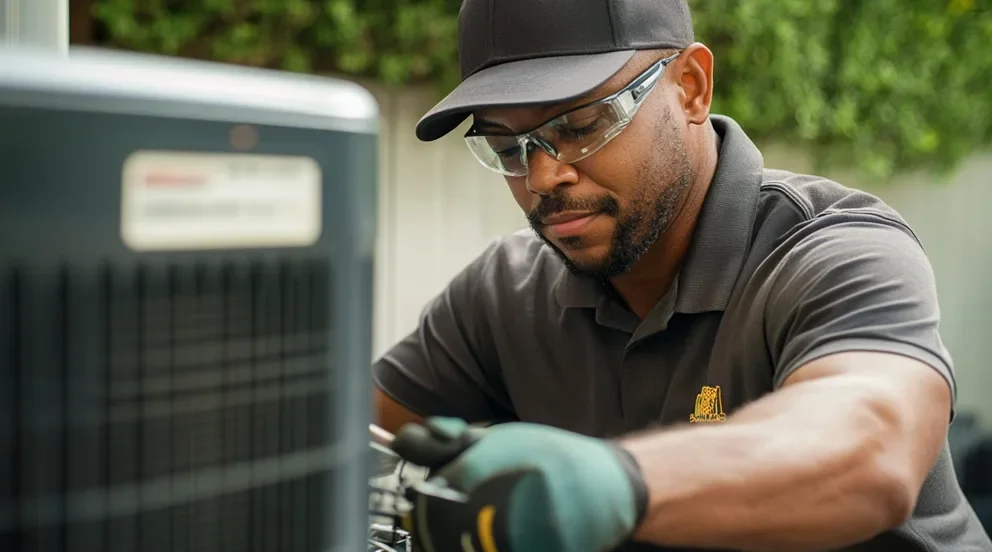Bidding on plumbing jobs requires careful consideration and research. Knowing how to identify the right projects and submit competitive bids can help you land more contracts and increase your profits.
First, you should consider your qualifications and experience. Determine which types of projects you are competent to work on and create a portfolio that showcases your best work. This will help you target the right projects and make your bids competitive.
Second, research the project. Familiarize yourself with the scope of the job and the estimated timeline. Knowing the details of the project and the timeline can help you create an accurate bid and determine if it’s a project you’re willing to take on.
Third, create a bid. When creating a bid, you should include all costs associated with the project such as materials, labor, and any other costs. Be sure to include any contingencies such as additional labor or materials needed to complete the project. Make sure to factor in any discounts for materials or labor as well.
Fourth, submit the bid. Submit your bid to the client in a timely manner, along with any supporting documentation such as a portfolio or references.
Finally, negotiate. If the client is interested in your bid, they may request changes or ask for a lower price. Be prepared to negotiate and understand the scope of the project and the timeline so that you can make adjustments to your bid without compromising quality.
By researching projects, creating accurate bids, and negotiating with clients, you can successfully bid on plumbing jobs and take your business to the next level.
What types of projects should I consider for bidding?
When considering which projects to bid on, be sure to take your experience and qualifications into account. If you are new to the industry, it may be best to start with smaller projects to gain experience and build your portfolio. As you gain more experience, you may want to bid on larger projects such as remodels, commercial plumbing, and sewer or water line installations. You should also consider the local market and weather conditions when bidding on projects.
Also, consider projects that are outside of your comfort zone. Learning new skills and techniques can help you expand your business and increase your profits. For example, if you are a residential plumber, you may want to consider bidding on commercial projects such as installing fire suppression systems or water heaters.
Finally, consider projects that offer repeat business. Working on projects such as drain cleaning, water heater maintenance, or leak detection can help you build a client base and generate recurring income.
By taking the time to research projects and consider your qualifications, you can identify the right projects to bid on and increase your chances of winning contracts.
How should I research a project before submitting a bid?
Researching a project before submitting a bid is essential for creating a competitive and accurate bid. Here are some tips for researching a project:
First, review the job description. Carefully read through the job description and make sure you understand the scope of the project and the timeline. Make sure to include any additional tasks or materials that may be needed to complete the project.
Second, reach out to the client. Ask the client questions to get more insight into the project. This is also an opportunity to build a rapport with the client and show them that you are interested in the project.
Third, research the local market. Knowing the average costs for materials, labor, and any other costs associated with the project can help you create a competitive bid.
Fourth, research the competition. Look at other bids from competitors and see how they are pricing their projects. This can help you determine if your bid is competitive and if there are any areas where you can reduce costs.
Finally, think ahead. Consider any potential challenges that may arise during the project and factor them into your bid. This will help you avoid any unexpected costs and make sure your bid is accurate.
By researching a project before submitting a bid, you can create an accurate and competitive bid that increases your chances of winning the project.
How can I create an accurate bid?
Creating an accurate bid is essential for winning contracts and making a profit. Here are some tips for creating an accurate bid:
First, calculate the labor costs. Calculate how many hours it will take to complete the project and factor in any additional tasks that may be required. Be sure to account for transportation and other expenses related to the job.
Second, estimate material costs. Research local suppliers to get an accurate price for any materials needed for the project. Include any relevant taxes or fees associated with purchasing materials.
Third, include overhead costs. Overhead costs such as insurance, licenses, permits, vehicle maintenance and fuel should all be factored into your bid. These costs can add up quickly so make sure to include them in your bid.
Fourth, consider other costs. Think of any potential delays or unexpected issues that may arise during the project and factor those into your bid. This will help you avoid any unexpected costs and ensure an accurate bid.
Finally, add markup for profit. Calculate the total cost for the job and then add a markup based on your desired rate of return. Make sure to be competitive with your markup as it can have a big impact on whether or not you win the job.
By calculating all of these costs accurately, you can create a competitive bid that increases your chances of winning contracts and making a profit.
How should I present my bid to a potential client?
Once you have researched the project and calculated an accurate bid, it’s important to present it in a professional manner. Here are some tips for presenting your bid:
First, create a detailed proposal. Make sure to include all of the details of the project such as materials needed, labor costs, overhead costs, timeline, and any other relevant information. This will show potential clients that you are prepared and organized.
Second, provide references. Include contact information for any past clients or jobs that can vouch for the quality of your work. This will help build trust with potential clients and increase your chances of winning contracts.
Third, be transparent about pricing. Be upfront about pricing by detailing each cost associated with the project. This will show potential clients that you are honest and trustworthy.
Fourth, explain any additional services. If you offer any additional services such as warranties, maintenance plans, or discounts let the client know. They may be interested in these services which can help them save money in the long run.
Finally, follow up with the client. After submitting your proposal, make sure to follow up with potential clients to keep them updated on your progress and answer any questions they may have.
By presenting a professional bid package and following up with potential clients, you can increase your chances of winning contracts and growing your business.
How do I negotiate with a client to get the best deal?
Negotiating with clients can be a daunting task, but it’s an important step in getting the best deal. Here are some tips for negotiating with clients:
First, do your research. Make sure to review all the details of the project and have a clear understanding of what is expected by the client.
Second, set expectations. Let the client know what your rate is and why you feel that rate is fair given the scope of work. This will help establish trust between both parties and create an open dialogue.
Third, be flexible with pricing. Be willing to negotiate on pricing if necessary as this may be enough to get a potential client to commit. However, make sure not to lower your rates too much or you could end up losing money on the project.
Consider offering discounts or extras such as additional services or longer warranties in order to sweeten the deal while keeping your rates competitive. Additionally, let clients know that your rates are based on fair market value and reflect the quality of work that you are providing. Being clear and transparent about your rates will help the client understand why they should commit to working with you and help alleviate any concerns about value for money.



